Wars and struggles for power precede the history of civilization. We still have problems with foreign relations and internal conflict. But changing political figures have risen to success many times throughout history.
Dictators like Genghis Khan and Adolf Hitler stepped well beyond the line of war and genocide, unleashing impossible evil. Even if we pray that the mistakes of the past will never be repeated, we must also ensure that we never forget them.
Table of Contents
10. Benito Mussolini
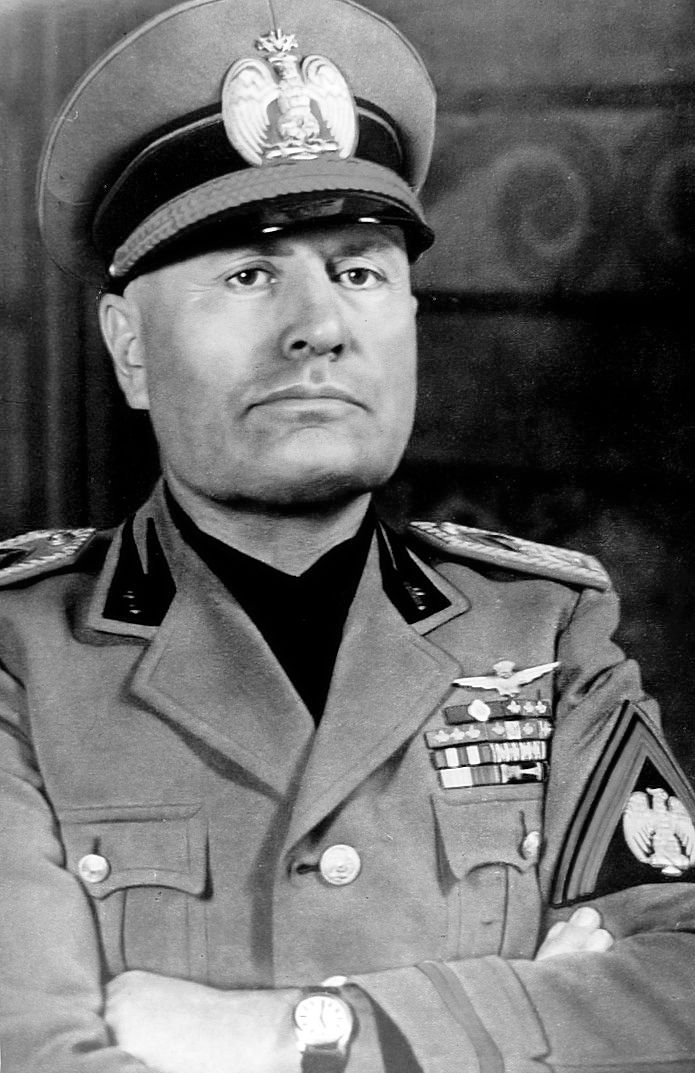
Benito Mussolini, like many members on this list, didn’t grow up in the most serene atmosphere. He had been a political activist throughout his life, but after being wounded in World War I, he organized violent gangs of fellow veterans into what became known as the Black shirts. This marked the birth of fascism, a totalitarian political movement on the far right. Bit by bit, he eliminated Italy’s democratic government until he was in charge.
https://www.history.com/topics/world-war-ii/benito-mussolini
9. Vladimir Lenin
Lenin, whose real name was Vladimir Ilyich Ulyanov, had radical political beliefs from an early age. He advocated openly for socialist policies to replace capitalist ones. Lenin saw his opportunity after the fall of the Russian Tsar and the installation of a transitional government in 1917. In October of that year, he conducted his own revolution and seized control.
The ruler withdrew from World War I and implemented a nationwide land redistribution, but things quickly deteriorated from there. His strategy included executing thousands of people in detention camps and ignoring the starvation and suffering that his people were experiencing.
The BBC reports that “During this period of revolution, war, and famine, Lenin demonstrated a chilling disregard for the sufferings of his fellow countrymen and mercilessly crushed any opposition.”
https://www.history.com/topics/european-history/vladimir-lenin
8. Queen Mary

Although religious persecution and warfare were nothing new, Queen Mary, I pushed them to a whole new level. She was born to King Henry VIII and his first wife, Catherine of Aragon, and was a fervent Catholic like her parents.
After becoming monarch, Mary I of England was eager to spread her religious views across the country.
What I mean is that everyone must contribute their fair share. The tyrant wed the Spanish monarch, Philip II, a fellow Catholic, and promptly launched a campaign of mass murder against Protestants.
She had them all burned at the stake, which makes hanging seem almost kind.
https://www.history.com/news/8-things-you-might-not-know-about-mary-i
7. Vlad III
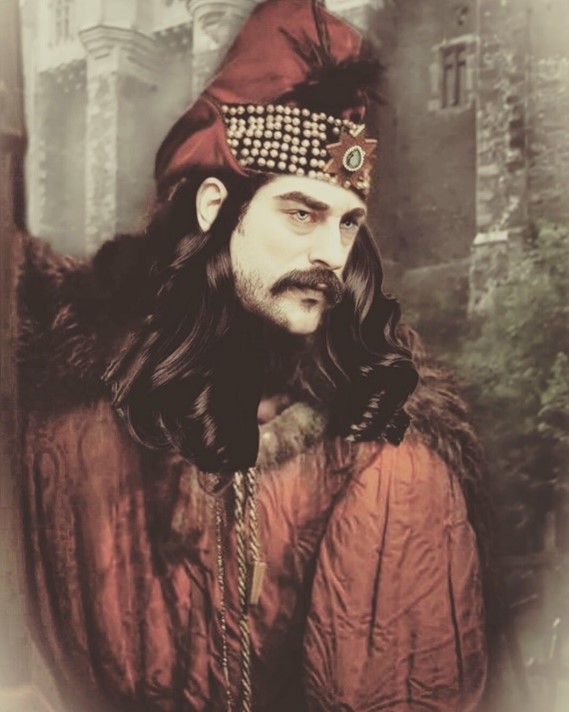
The name “Vlad the Impaler” was given to Vlad III with good cause. According to his legend, when he initially became monarch of Wallachia, he invited his competitors to a lavish banquet.
The tyrant waited for them to come, and then he stabbed and impaled them all. He wasn’t the finest host, needless to say. As time went on, he preferred to put them to death via impalement.
While he did seek to calm the troubled nation, he did it through brutal and unlawful tactics. Because of his last name, he was sometimes commonly referred to as “Vlad Dracula.” You know where I’m headed with this.
Legend has it that Count Dracula’s need for blood is what gave rise to the vampire genre. A big thank you to you as well, Vlad.
6. Timur
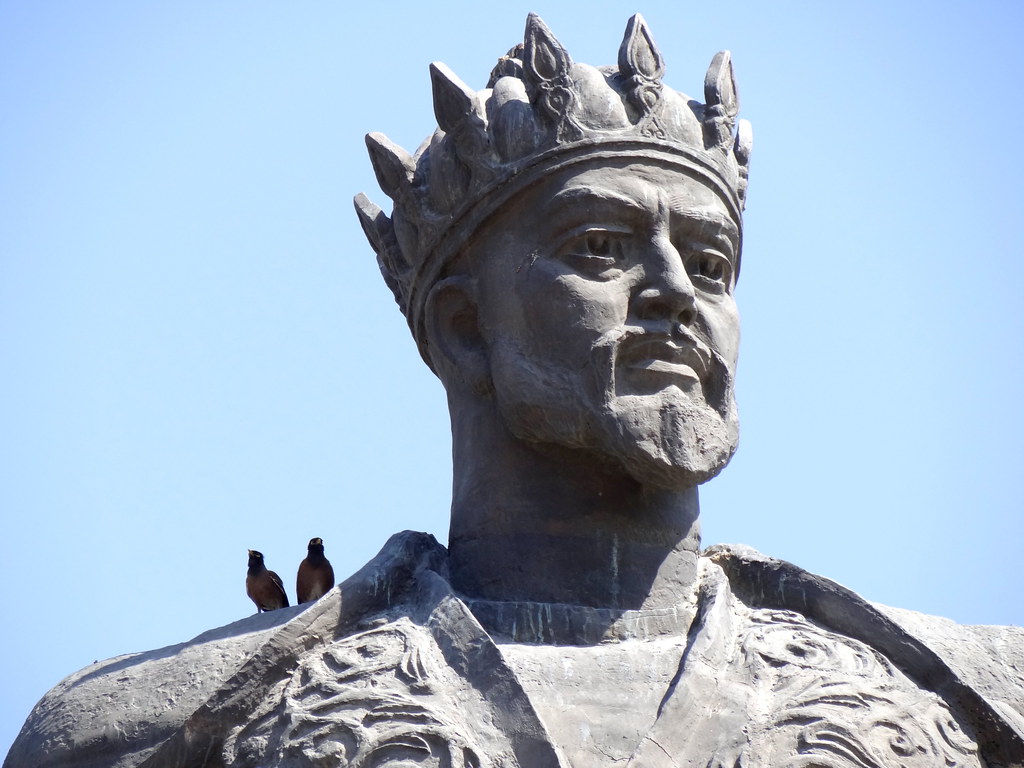
Too many dynasties existed for anybody to keep track of them all, yet Timur established the Timurid Empire. The dictator’s military operations spanned most of modern-day western Asia, including the countries of Syria, Turkey, Iraq, and Iran.
The scariest thing about him wasn’t even his military victories. He was a callous leader.
After successfully invading Delhi, he ordered a terrible bloodbath to put down a revolt. After it was all done, he used minarets to display thousands of severed heads.
He also had a skyscraper constructed using actual human beings and brick and mortar.
5. Joseph Stalin

Stalin, Lenin’s successor, continued his hardline policies. Stalin was a pivotal figure in the early to mid-20th century, although his policies have been widely criticized for obvious reasons. First, his five-year plans led to wide-spread starvation. Then he launched “The Great Purge” to get rid of the supposed enemies of the working people in Russia.
More than a million people were incarcerated, and more than 700,000 were put to death. It was also under his watch that mass executions, deportations, and ethnic cleansing took place.
His political ideas are still held by certain individuals today, particularly in Russia.
https://www.history.com/topics/european-history/joseph-stalin
4. Genghis Khan

Toughness ran in Genghis Khan’s blood. Khan’s father, the head of his tribe, was poisoned when Khan was nine, leaving the youngster to grow up in obscurity.
Even though his father’s former supporters briefly kidnapped him, he eventually managed to escape and began organizing the Mongol tribes on his own.
His mother reared him and taught him the necessity of strong political relationships. He then used brutal tactics to conquer large parts of China and Central Asia.
The despot committed many mass murders, including a slaughter of the Khwarazm Empire’s aristocracy.
Because he had so many concubines and brides, up to 8% of the male population in the area formerly occupied by the Mongol Empire is descended from Khan.
https://www.history.com/topics/asian-history/genghis-khan
3. Attila the Hun
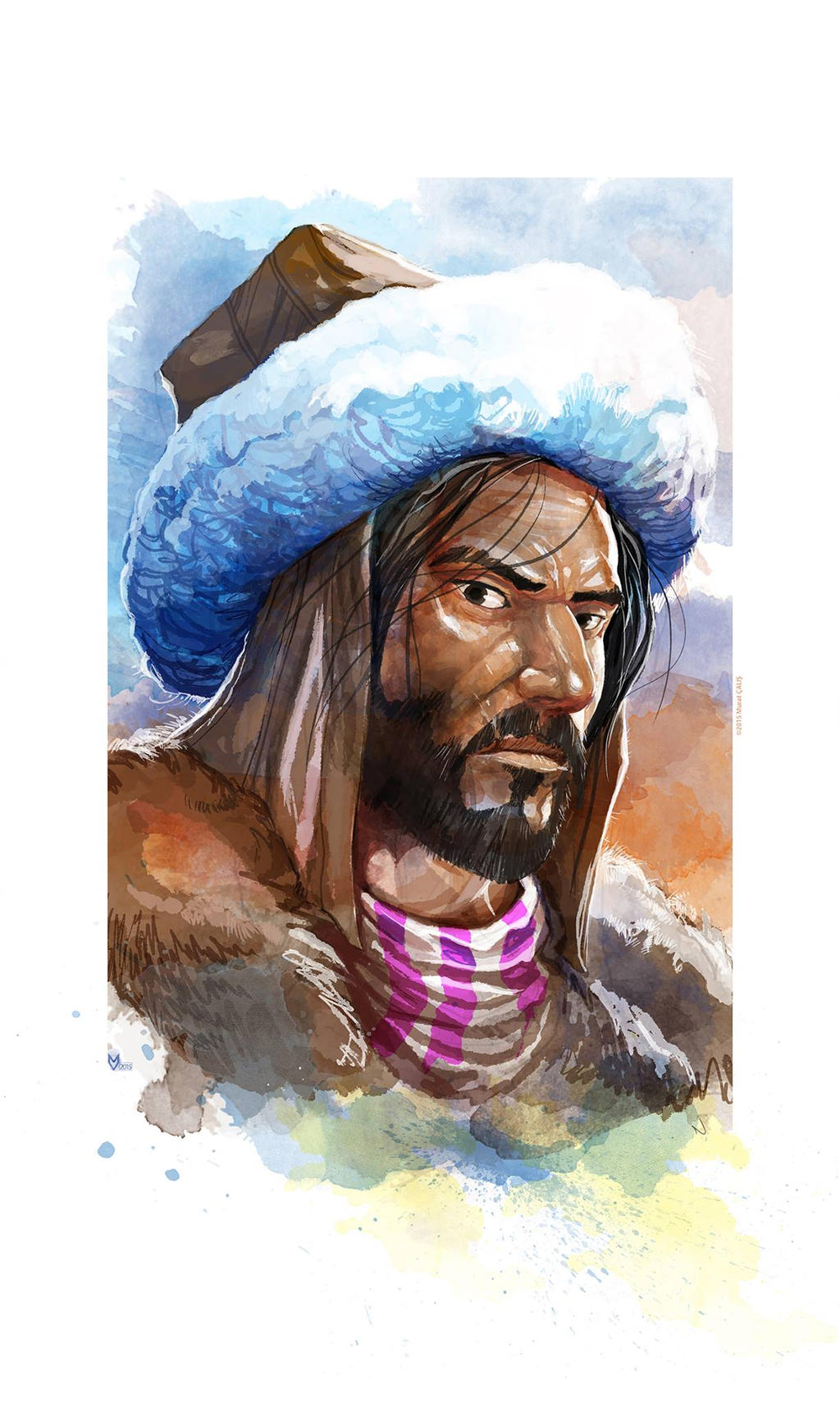
Attila the Hun ruled over the Hunnic Empire, which was centred in what is now western Hungary. He enjoyed establishing a habit of invading neighbouring empires. A lot.
He successfully commanded invasions of the Byzantine empire, ravaged the Balkans, and tried several unsuccessful, albeit immensely damaging, incursions on the Western Roman Empire, Roman Gaul, and Italy. His aggressive strategies and willingness to fight made him a dangerous opponent, even if he was eventually unsuccessful.
He was killed soon after he had destroyed most of Italy, and he may have proceeded to pillage his way across the continent had he lived. Surprisingly, on the night of one of his several weddings, he passed away off the battlefield from internal bleeding.
2. Julius Caesar
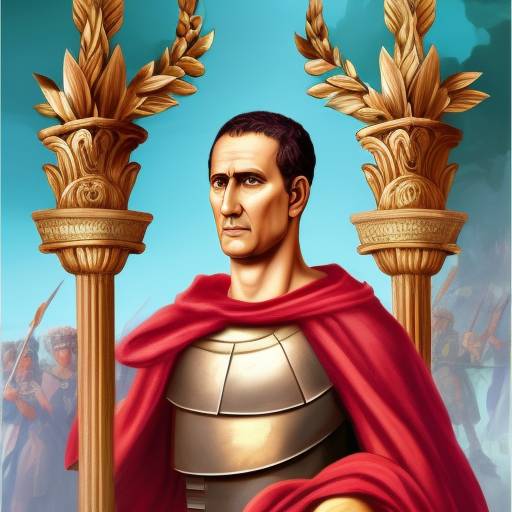
The people around Caligula (Julius Caesar) weren’t always hostile to him. Early in his reign, he was healthy enough to release falsely convicted people and abolish an exorbitant sales tax.
His demeanor changed dramatically, leading historians to speculate that he had many minor strokes and probably despair. Among his many nefarious deeds, he murdered his competitors and had their parents watch.
His political behaviour became more and more daring. A gang of sixty senators conspired to topple the tyrant, and they succeeded. Twenty-three stab wounds ended his influential career in Roman society.
https://www.imdb.com/title/tt0045943/
1. King Qin Shi Huang
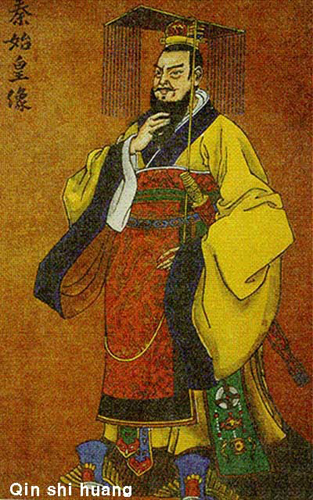
As the name implies, Qin Shi Huang was the first emperor of the Qin dynasty. He was such a ruthless dictator that the elementary school insult “first is the worst” came to mind. He had academics executed if they dared to argue with him. His opponents burned any writings that were critical of him.
The ruler also oversaw the building of a large tomb, complete with an army of life-size terra-cotta soldiers, and the original, smaller version of the great wall. Many conscripts lost their lives building the wall, but that was preferable to working on the mausoleum, where they would be murdered after their tasks were over.
On top of all the carelessly ordered killing, he also chose to castrate war captives and then sell them into servitude.
FAQS
What qualities do dictators have in common?
A person is said to be a dictator if they build a government under which they have restricted decision-making authority and no effective constitutional limitations. The despot has unquestioned authority. They are not held responsible for their acts, and they are allowed to do anything they want, even if it means restricting the rights and freedoms of the population.
Who was the ruler that had the longest lifespan?
Celal Bayar, the President of Turkey, lived from 1883 to 1986 and passed away at the age of 103 years old and 98 days, making him the unchallenged leader of the state with the longest life span.
Who was the first person who became the dictator?
According to one of these accounts, Titus Larcius was the first Roman Dictator. He was selected in the year 501 BCE to lead Roman forces in combat against the Sabines, who were at war with the Republic at the time. Livy, a historian who wrote about Roman history, mentions an alternative narrative in which Manius Valerius Maximus is presented as the first Roman Dictator.
Conclusion
Throughout every decade of history, we have seen the rise to power of a great number of rulers who were responsible for horrific acts committed against their own people. Not only is it vital for enhancing your knowledge of history, but it is also essential for going ahead to have an understanding of the terrible dictators of the past. The only way for us to properly comprehend the genuine worth of democracy as well as the significance of human rights and personal liberties is to go back through history.
Top 10 Lists of the people, things, places, most expensive, animals, most popular, luxury and high rankings of world. World's Top Insider focuses on the top ten lists of best, greatest and top rankings in the world.


